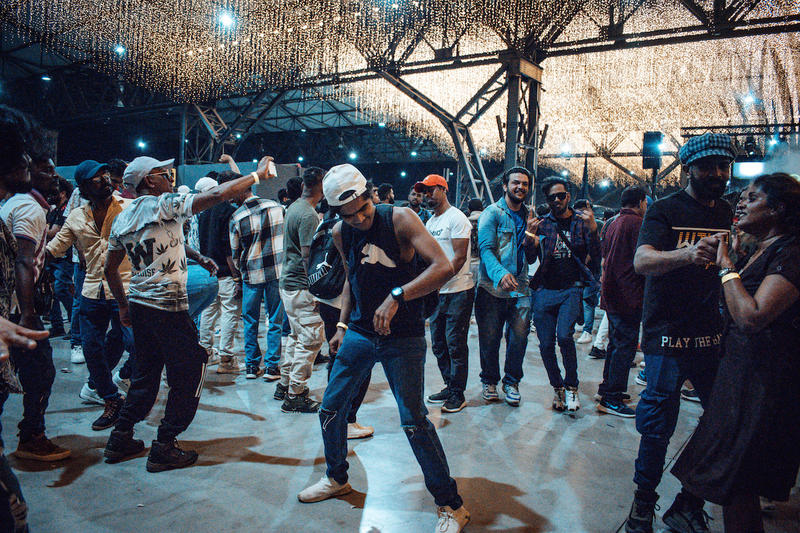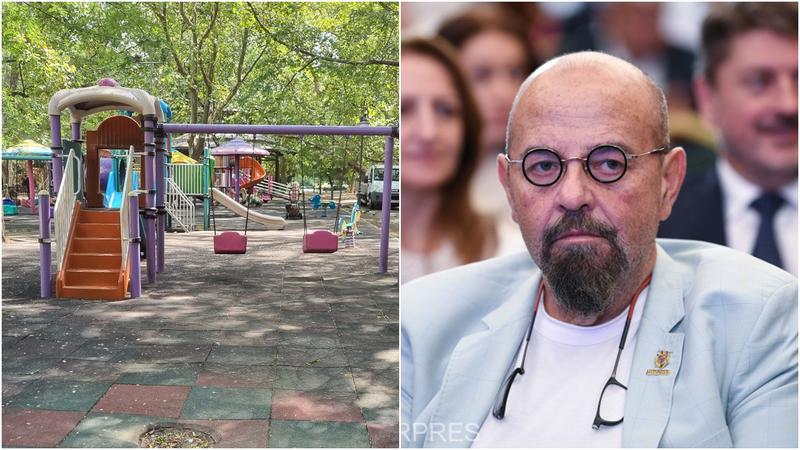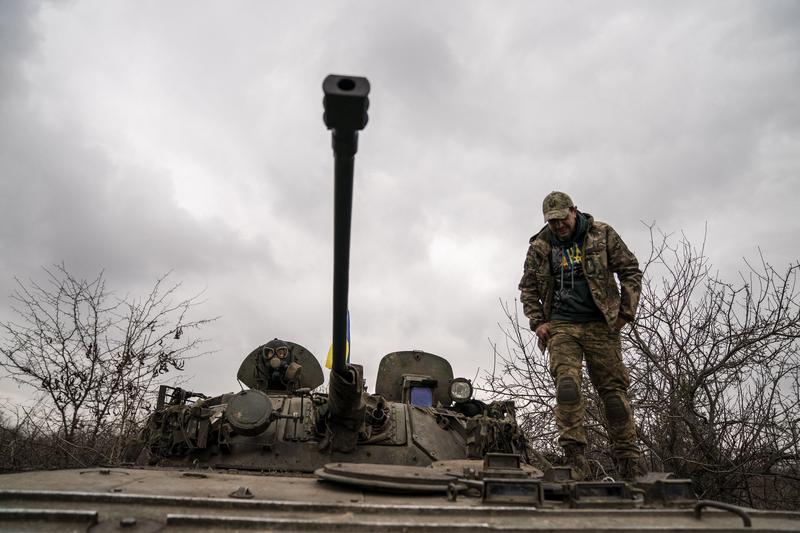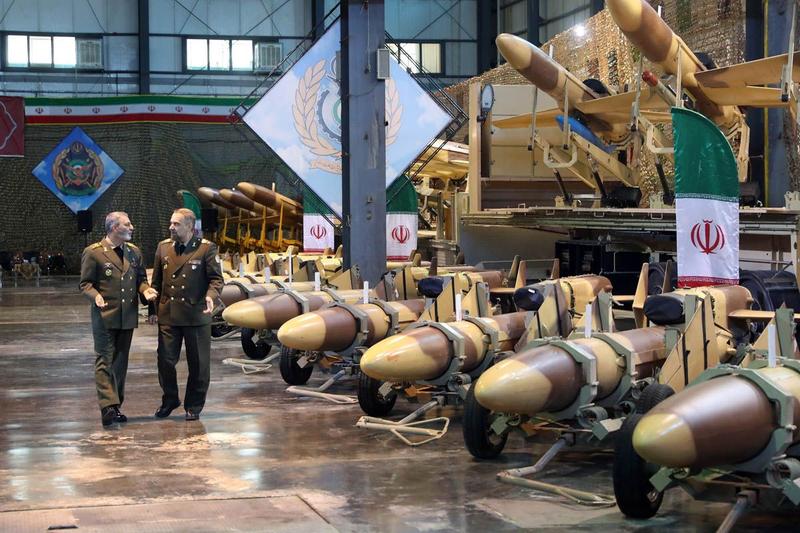A symbol of wild power and beauty, many of Romania’s Carpathian bears have become household attractions, mocked at and abused by inn keepers who find them “special enough” to keep around and entertain tourists. Their fate is no batter in the country’s decrepit zoological gardens, where practically the bears are physically exterminated.
Still, hope still remains when one finds out about a special initiative who operates in complete anonymity despite huge efforts and money invested to make it popular: the Libearty bear reservation. Situated somewhere near the world famous Bran Castle in the Carpathian Mountains, the reservation’s goal is to free bears from their inn cages and have a living as normal as possible.
• Watch our photo gallery of Libearty-Zarnesti bears
HotNews.ro starts a campaign to save bears held captive in households, inns and other improper places across Romania
The Libearty Zarnesti shelter receives almost no support from state authorities, who fail to get involved in the protection of Romanian bears despite a proper legal framework that is still to be applied.
The story of Libearty started with the death of female bear Maia, held captive for more than ten years in an iron-and concrete cage somewhere near Bran. Maia could no longer support the cage and practically kills itself by eating her own front paws and bleeding to death.
That was when Cristina Lapis, initiator of the project, decided to dedicate years of her life to raise funds necessary to free captive bears from their cages across Romania.
Once it convinced British association the World Society for the Protection of Animals (WSPA) that there is a legal framework in Romania allowing her to operate in this area, Cristina Laspis receives a million euro and, together with the Zarnesti town hall, starts building Libearty up in the mountains.
The bureaucratic struggle was immense, as at one point their projects was almost brought to a halt when they failed to receive an authorization from the Academy of Romania - because, they were told, reservations cannot exist in Romania.
 |
| The bear clinic |
Eventually, they started work. The reservation is formed of several hectares of fenced land where each bear has several thousand square meters at its disposal along with a ground den and a water basin. Each bear receives proper feeding and care and the project includes a veterinarian clinic, also at the peak of the mountain.
Europe’s biggest conference center for bear issues will also be built there.
Bears are sentenced to “arrest in reservation”
But the twenty-so bears now hosted at Libearty cannot be sent back into their natural environment. They wouldn’t be capable to adapt as they can’t search for food and are too accustomed to man’s presence not to pose serious danger.
Among them: the famous Mura, an artist bear who had danced Lambada at the Globus Circus in Bucharest for years, or Odi, another female held captive in a six square meter cave for 12 years.
One of the saddest figures is Ionica, a 23-year old bear, held captive all his life in a Moldovan Zoo. For the past six months since his arrival at Libearty, it stays stuck to a fence and all it does is walk two meters left, two meters right and back again. Every day, every hour. Because that’s all it did for 20 years of his life.
Hansel and Gretel are its cubs. They’re aged 2 and have been held captive at the Zoo in the southern Romanian town of Calarasi, in a blind room with only two small bulbs where not even zoo keepers could not find enough space to enter.
Dozens of bears still abused somewhere out there
 |
| Happier days |
“From our data, there are some 30 bears spread across the country that live terrible ordeals. And that excludes bears from zoological gardens. We made serious attempts at having them freed, but we failed”, says Cristina Lapis.
One of them is held captive near the Lutch 2000 gas station, near the western Romanian city of Arad.
“We went there with the police and people from the Veterinarian Agency, but we couldn’t take them away. The owner got hysterical on the spot and closed the vet in the bear cage. A tragedy could have happened, but he was lucky to have the tranquilizer gun with him”, Cristina Lapis says.
A bigger problem may come in October, when the EU term for the modernization of Romanian zoos expires.
“We’re already facing a lot of requests to take these bears, but our park is not proper for up to 50 bears. If their number doubles, the bears will lack space and face bad living conditions. And that’s the last thing we want”, she says.
Bears are poisoned for the pride of the frustrated
One of the most atrocious methods to kill bears living in the wild is described by Roger Lapis, France’s honorary consul to Romania and husband to Cristina Lapis.
“Plastic bags are greased with pork fat and they left them on the forest outskirts. Bears eat them and suffocate in terrible pain. The next thing they take the fur of the animal, which sells for several thousand euro to unlucky foreign hunters”.
The most dramatic case that came to public attention took place in Brasov in 2004. A bear attack led to the death of two people while another ten suffered serious wounds. The conclusions of the time said the animal was in the last stage of a rabies infection.
But things are a bit different when revealed by Libearty caretakers.
“From what witnesses of the accident said, the bear was lured by several people having a picnic in the woods. After it was fed by the tourists, the animal got dangerously close and one of the men stuck a barbeque stick into its eye. It was enough for the bear to go insane”.
And Cristina Lapis says that analyses made by Brasov vets identified the rabies virus in the animal body only after 12 hours, which would be impossible.
Romania hosts half of Europe’s bears
More than half of the total bear population in Europe are to be found on Romanian territory. The percentage may suffer a considerable change as long as hunting thresholds established by the Agriculture Ministry in Bucharest are upped year on year and there are serious doubts about their veridicality.
One reason fro artificially swelling the numbers stands in the huge amounts of money that can be obtained from hunting taxes. Shooting an average-size bear is taxed with almost 10,000 euro, a sum that wouldn’t be too much for foreign hunters coming to the Carpathians every year.
Watch the drama of Romanian bears
According to Libearty data, the number of bears living in Romania today does not exceed 3,500-4,000. For the 2007-2008 season, authorities allow the killing of 350 bears, or some 10 percent of the total.
“Romania is looked for because they killed all their bears in France or Germany. Additionally, tariffs here are not too high”, Cristina Lapis says.




















